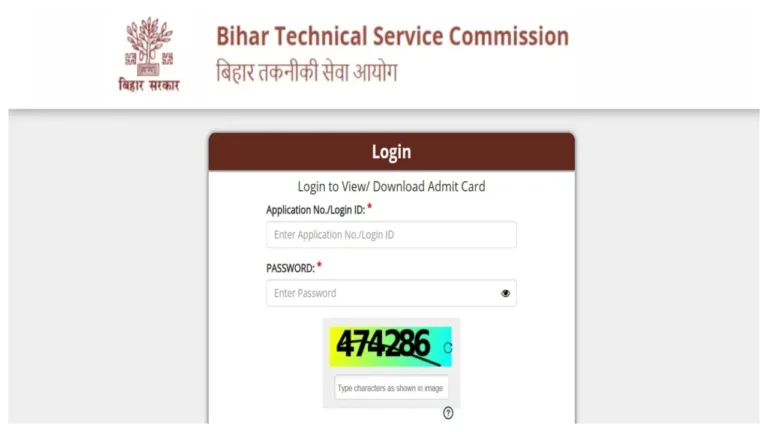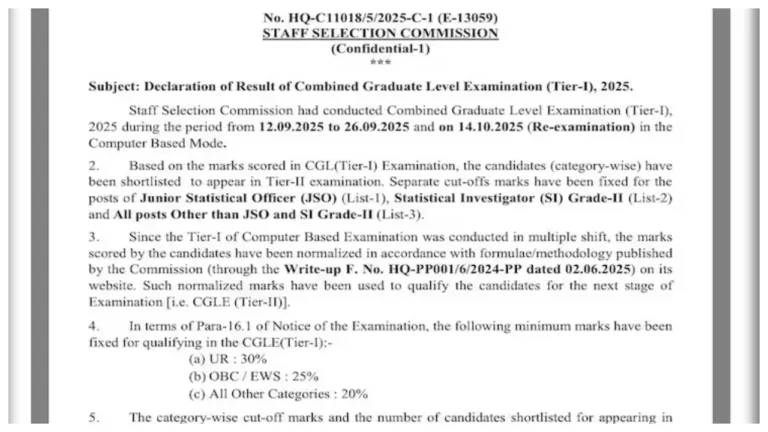PPF vs NPS: Everyone wants to have a good time in retirement. There are many people who deposit money in the bank and there are many who invest in some projects. Today’s article will discuss about two schemes where investing will make your retirement time great. Retirement costs a lot of money and you need to be prepared for it. Your retirement investment plan should focus on returns, risk, tax efficiency, and liquidity. Two popular products to invest for retirement are NPS and PPF.
Comparison in terms of residence
The comparison between NPS and PPF is important in terms of residency. Both are open to Indian citizens only. However, in case of NPS, NRIs can also participate in NPS after completing the required KYC. Whereas, in case of PPF, NRIs cannot make fresh investments, although they can continue to hold their PPF account opened as Indian resident even after becoming a non-resident.
What is the difference between return and liquidity
On the return and liquidity parameters, PPF currently offers 7.1% interest. This changes from time to time. NPS is a market-driven scheme, and hence there is no assured return. In terms of liquidity, PPF has a lock-in of 15 years, but there is a facility of partial withdrawal for specific cases after 7 years and loan after 3 years. NPS runs till the age of 60 years and can be extended till the age of 70 years.
However, according to SBI Securities, NPS allows lump sum withdrawal of only up to 60% and the remaining 40% has to be converted into annuity funds for regular pension. There are exceptions to this rule if the accumulated corpus is less than Rs 5 lakh or if the NPS holder dies. In the first case, 100% of the NPS corpus can be withdrawn. In the second case, the entire amount is given to the heir.
PPF is on the EEE model (Exempt, Exempt, Exempt). That is, the contribution is eligible for tax exemption up to Rs 1.50 lakh per year. Also, the interest is completely tax free and even the final corpus is completely tax-free. This significantly increases the effective yield.
In case of NPS, the Section 80C limit is increased to Rs 2 lakh, including an additional tax exemption of Rs 50,000 per annum under Section 80CCD (2). On exit, a maximum of 60% of the lump sum corpus is fully tax free. The 40% dedicated to annuity income is also tax free at the time of exit. However, any annuity income received from accumulations in NPS is fully taxable as income in the hands of the NPS investor.
In terms of investment flexibility and transparency
When it comes to PPF, the investor has limited discretion on how to invest the money. There is not much transparency on how the PPF funds are invested. However, in the case of NPS, it is market driven returns. That is, the investor can choose between equity funds, government securities funds and fixed income instruments and other government securities.
Due to the market-linked nature of NPS, it has given higher returns than PPF in the long term. Unlike PPF, which is fully assured by the government, NPS is largely market driven and hence there is no assurance. This National Pension Scheme vs PPF comparison provides a good perspective of the relative pros and cons when you are choosing investments for retirement.
Overall, both PPF and NPS have their own merits and can be an integral part of your retirement investment plan. As a general rule, you can always take a risk on your retirement as it is far away. Also, it is the best way to use equity. So NPS fits in retirement planning. However, for specific goals like your children’s education or marriage, PPF is a better option.
Desclaimer: For any financial invest anywhere on your own responsibility, Times Bull will not be responsible for it.










